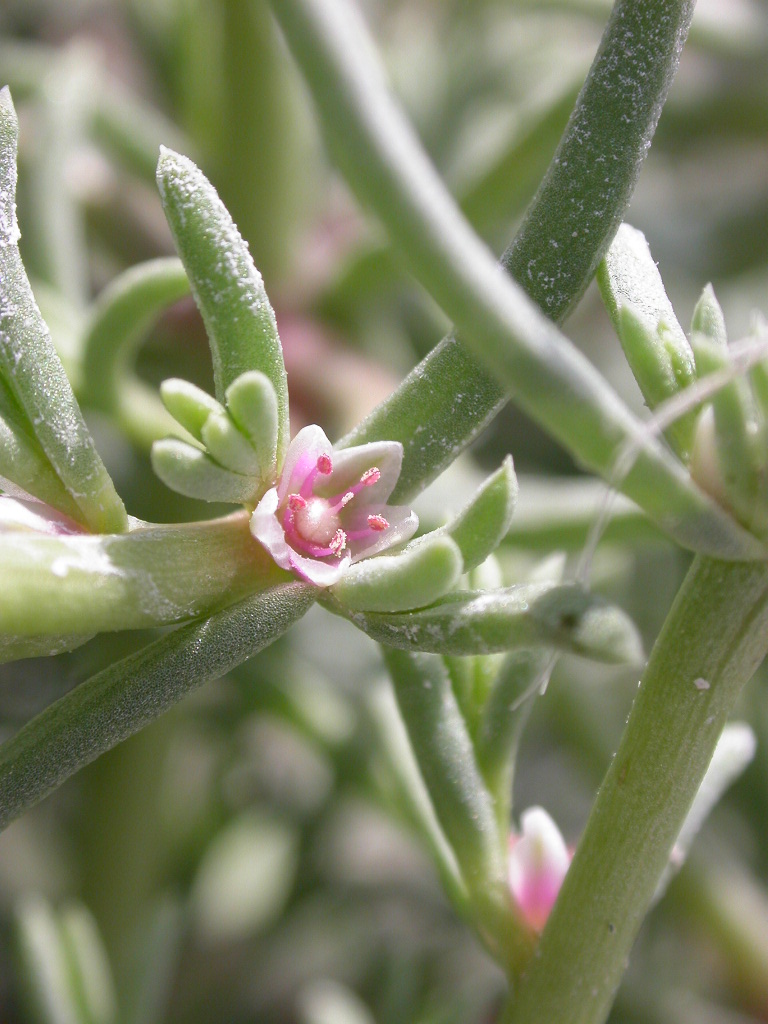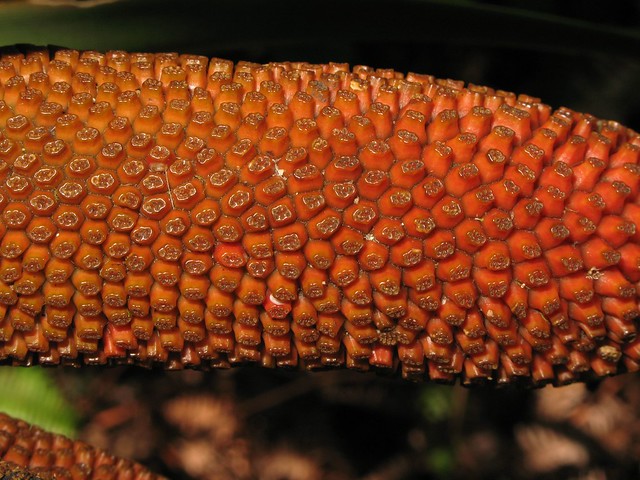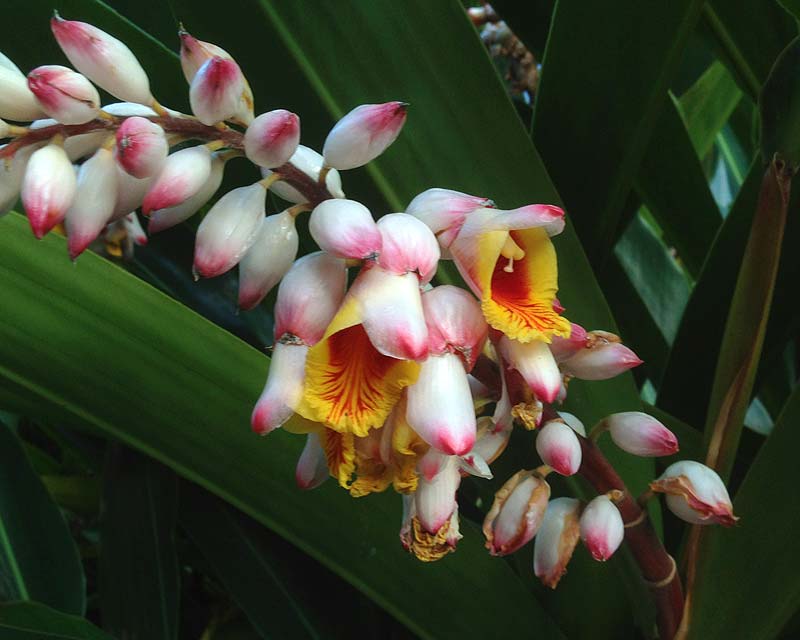
It is used as a culinary herb in Peru, Ecuador, and parts of Chile and Bolivia. It is called by the Quechua terms wakatay in Peru or wakataya in Bolivia. It is commonly sold in Latin grocery stores in a bottled, paste format as black mint paste.
The oil is also used to treat open wounds, parasites and other things.Tagetes contains Anthelminthic, carminative, diaphragmatic, antispasmodic, bactericidal, emmenagogue, fungicidal, and stomachic properties. These active elements make Tagetes as great medical herb. Several pharmaceutical products are made by tagetes oil. Also in some places, the oil is used in making herbaceous and floral perfumes.If you are suffering from any of the following diseases: Athlete’s foot, bunions, calluses, chest infections, corns, coughs catarrh, , fungal infections, and parasitic infections, tagetes oil can really cure you. You can also use the oil with blending with jasmine, lemon, bergamot, clary sage etc citrus oils.












/Typha%20latifolia1b.jpg)


















.jpg)
